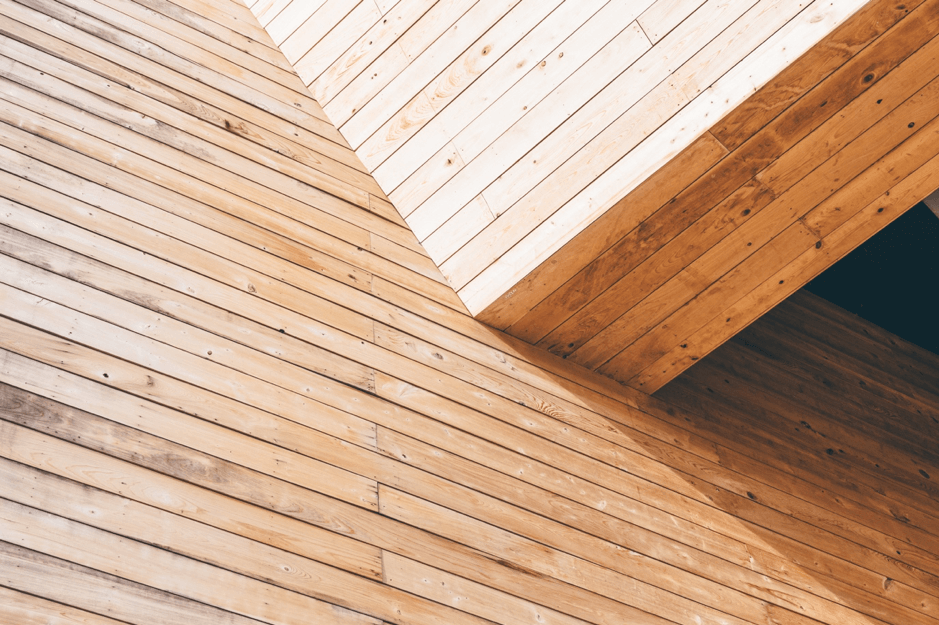The interior of wooden walls or wooden panels can be found in both residential and commercial premises. These surfaces can be easily cleaned and even simply washed - this does not cause any damage to the surfaces. Wooden walls are usually varnished, so low humidity really cannot reach the wood itself and damage it. When cleaning wooden walls, you are actually cleaning the varnish, not the wood itself. Prior to cleaning, make sure that there are no cracks, bumps or other damage, as special measures must be taken.

Do you know how and with what to cover wooden surfaces, what care they need and which method is more useful?
The solution of covering the wall with a wooden surface is a good choice, but natural wood may seem less and less attractive and unaesthetic over time, so it is necessary to take care of the proper covering of it. There are several different ways to cover wooden walls.
Oil is a particularly popular choice for protecting wood from external hazards. Interior floors, terrace boards and wooden wall surfaces are oiled. Some people are skeptical of oil because they remember the old days, but rather forget what was before and take a closer look at modern oils, which come in a wide range of colors, and helps to maintain a natural image of wooden surfaces.
We recommend coating wooden walls with oil for those who want to create a cozy, natural, closer to nature look.
Varnishing of wooden surfaces is attractive in that it not only provides good resistance to external factors such as oil, but also provides additional protection against scratches. However, the varnish slightly changes the natural look of the wood. High-quality, ecological wood varnishes allow to keep wooden surfaces as natural as possible and at the same time provide an opportunity to experiment: more gloss, brighter shades, but most importantly - excellent protection.
We recommend varnishing those surfaces that will be at higher risk, such as wooden walls in the children's room or corridor.
If waxing was considered complicated and awkward for some time, the situation is changing today. Waxing becomes a simple, uncomplicated process, very reminiscent of painting. Liquid wax is applied to a wooden surface with a roller - that's all. No more special, expensive equipment and no hard work is required. The most important thing when waxing is to distribute the wax evenly. It is common to think that waxed surfaces are glossy, but it is now possible to create matt or semi-matt surfaces.
It is recommended to wax those wooden surfaces that you want to look fresh and new.
Exposed surfaces are a symbol of naturalness, but they require much more maintenance and a shorter service life. An uncoated wooden surface is not a good choice for flooring, but is great for wall coverings or decorative elements. The effect of the natural, uncoated surface is also maintained by the natural oil, which fills the pores of the wood and increases its resistance to dirt without changing the appearance. Let’s look more in depth on how to clean wooden walls.
If your wooden walls have visible marks, dust, or greasy fingerprints you can clean them in 4 simple steps:
To remove dust and dirt, use a soft cloth or a vacuum cleaner with a brush nozzle. The interior of wooden boards is more likely to be covered with dust if it is in places where the windows are constantly open and dust is blown from the outside. Regular dusting can reduce the need to wash boards more often.

When it is necessary to use cleaning products, try to avoid solvents and strong base solutions. If the wood varnish is cracked or peeled, then clean it carefully, as moisture may seep through the surface and leave stains on the wood. We do not recommend cleaning bare wood, as it leaves fingerprints, grease and moisture stains on it. Cleaning only makes the situation worse. You can regularly lubricate the wood boards with polishing fluid or oil to prevent it from drying out.
Cleaning products for wooden boards must first be tested. If a particular product seems to have worked, then you can use it all over the walls. However, in any case, use small amounts and pour them on a clean cloth or sponge, not directly on the surface. Start cleaning from the bottom to avoid leaking lines. Then, wash the surface and wipe immediately with a clean cloth. Oil soap is a good way to clean wooden walls too, but stains that are harder to clean may require mineral spirits. Lightly tap the stains on the wooden boards with alcohol a few times and wait for them to dry.
To prevent darkening or lines from appearing, remove the cleaning fluid immediately. When wiping or rubbing drying, clean along the grooves of the wood to prevent lines from developing. Polishing fluid is not always necessary when cleaning wooden walls at home or in commercial premises, as the varnish on them covers and protects the wood.
You can make your own homemade oil soap by mixing vegetable oil with a weak solvent and diluting it all with water. By rubbing the wooden boards with this mixture and then drying it with a dry cloth, you create a clean and transparent shine. You can use a polishing liquid to increase the oiliness of the wood, but the result will not be noticeable if it has been applied with an extremely shiny or dense layer of varnish.
A rule of thumb when cleaning wooden walls is to simply look at them and judge by what you see. Walls that tend to collect dirt easily, such as kitchen or kids playroom, should be cleaned more often. So cleaning wooden walls once or twice a month would be ideal. With our busy life we tend to overlook and forget to do such cleaning as often so dusting your walls frequently is a great way to prevent build-up of dirt and dust
